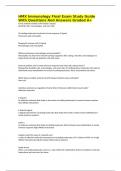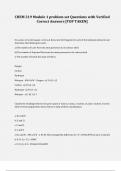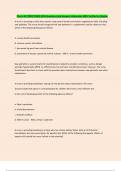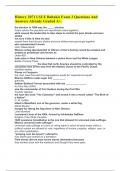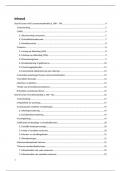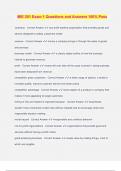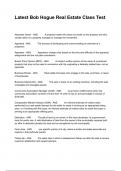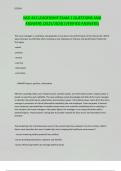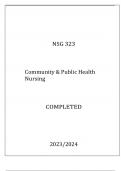Tentamen (uitwerkingen)
HMX Immunology Final Exam Study Guide With Questions And Answers Graded A+
- Vak
- Instelling
HMX Immunology Final Exam Study Guide With Questions And Answers Graded A+ Tissue resident sentinel cells include (3 types) Dendritic cells, macrophages, and mast cells Circulating leukocytes involved in innate response (2 types) Monocytes and neutrophils Phagocytic immune cells (2 typ...
[Meer zien]
